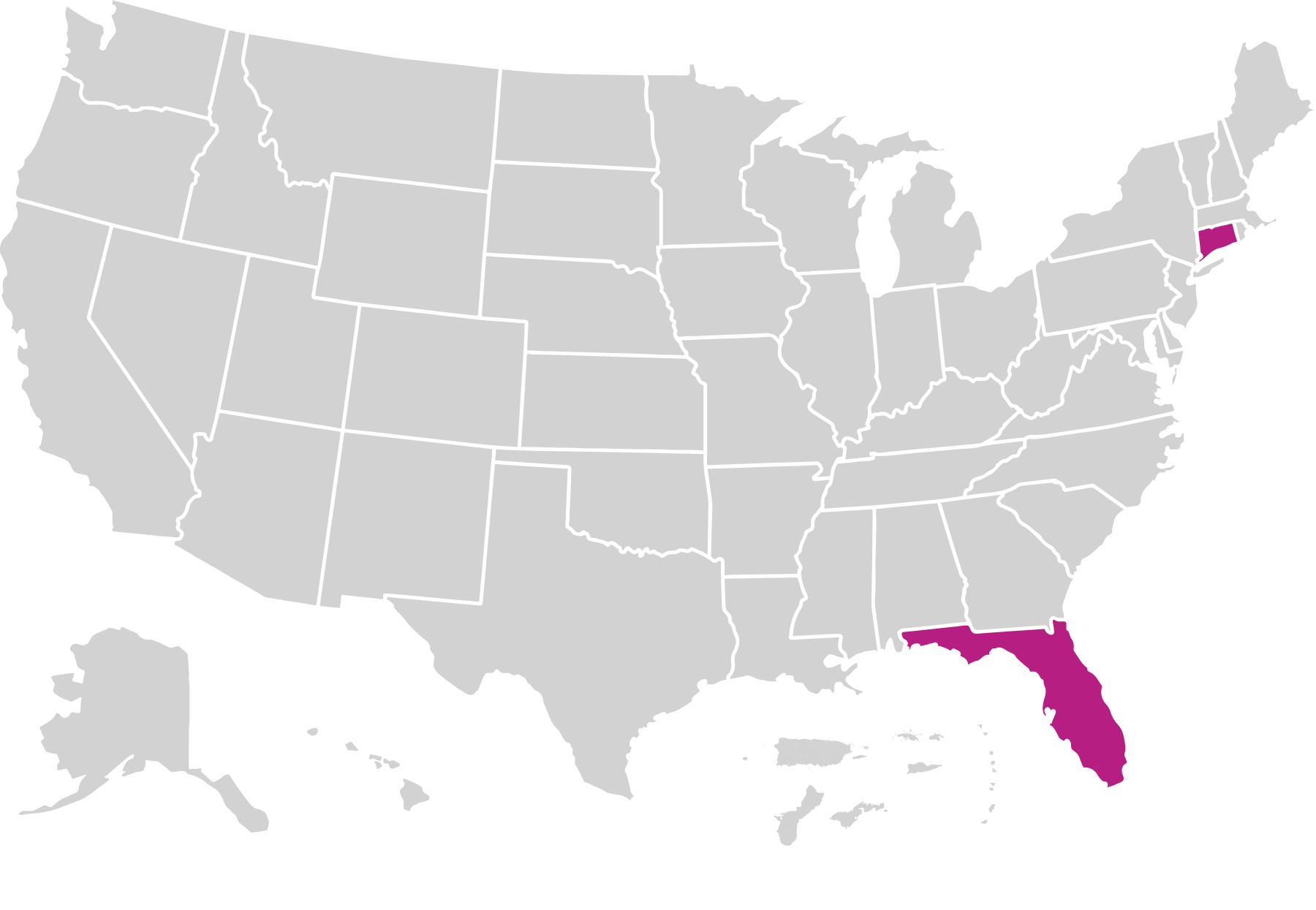Minding the Baby
Minding the Baby supports reflective parenting, secure attachment, maternal and child health, mental health, and self-efficacy using an interdisciplinary approach with first-time young mothers and their families. The model pairs a social worker and nurse practitioner to support a family’s development together. See www.mtb.yale.edu for details.
What is the model’s approach to providing home visiting services?
Home visits take place weekly until the child turns 1 year old, then every other week until the child turns 2 years old. The frequency may vary based on a family’s level of need or in times of crisis. Services are provided for 27 months (prenatally until the child is 2 years old). Minding the Baby requires families to initiate services prenatally.
Minding the Baby’s target population includes the following:
- Expectant mothers
- Low-income families
- First-time mothers or first-time parents
- Teenage mothers or teenage parents
- Families with history of child abuse or neglect/involvement with child welfare system
Who is implementing the model?
Home Visitors
Minding the Baby was implemented by 11 home visitors in 2018. The model recommends a master’s degree for home visitors. The maximum caseload requirement for home visitors is 25 families.
Supervisors
Minding the Baby was implemented by eight supervisors in 2018. The model requires a master’s degree for supervisors; a doctoral degree is recommended.
Where is the model implemented?
Minding the Baby operated in four local agencies across two states in 2018. Minding the Baby also operated outside the U.S. and its territories in Denmark, England, and Scotland in 2018.

Families Served Through Evidence-Based Home Visiting in 2018
Race
0% American Indian/Alaska Native
* Asian
40% Black
0% Native Hawaiian/Pacific Islander
45% White
* Multiple
* Other
Caregiver education
60% No HS diploma
25% HS diploma or GED
15% Some college or training
0% Bachelor's degree or higher
Caregiver age
85% ≤ 21 years
15% 22-29 years
0% 30-44 years
0% ≥ 45 years
Ethnicity
54% Hispanic or Latino
46% Not Hispanic or Latino
Child age
50% < 1 year
50% 1-2 years
